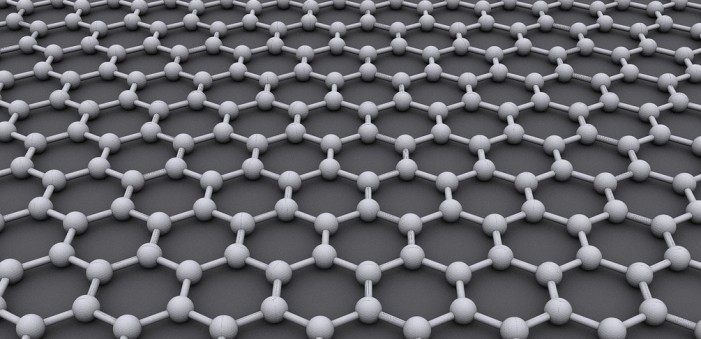Move over, goats. It seems that 2015 could be graphene’s watershed moment. No longer is the thin, durable and conductive material newest nanotech flavor of the month; graphene means business.
Over the past few months, we’ve seen a plethora of stories both in scientific and mainstream media on the latest developments with graphene, ranging from the practical (long-lasting lightbulbs and efficient batteries) to the awe-inspiring (holographic projections and solar sails). Even more exciting? 2015 isn’t even halfway over.
Here are just a handful of the discoveries made this winter and spring:
February
Stronger Metal
Researchers at the Korean Advanced Institute of Science and Technology combine graphene with copper and nickel to strengthen these metals by 500 and 180 times, respectively. Using chemical vapor deposition, these researchers were able to create ultra-tough composite materials with a vast array of practical applications. Even more interesting, this was accomplished through the addition of .00004% graphene by weight to the resulting compound. Link
Flexible Electronics
Thanks to researchers at the Universities of Manchester and Sheffield, we may soon have flexible LED screens only 10 to 40 atoms thick. With a combination of graphene and 2D crystals, these scientists created a heterostructural LED device that emits light, flexes easily, and exhibits incredible toughness and semi-transparency. Link
March
Efficient Water Filters and Fuel Cells
At Northwestern University, Franz Geiger found that imperfect, or porous, graphene allows water and hydrogen-based solutions to traverse the material’s surface in highly efficient and controllable ways. Depending on the size of the perforation, anything from protons in energy transfers to water molecules can pass through a porous layer of graphene. This opens up considerable possibilities for clean tech, filtration and other functions. Link
Easier Graphene Manufacturing
Caltech scientists figure out how to manufacture graphene at room-temperature, overcoming a major hurdle to scalable production of the material. With a nod to a 1960s-era process that generates hydrogen plasma, Caltech’s David Boyd found that this technique removed both copper oxide and graphene from heated copper foil that was exposed to methane. Implemented on a grand scale, this could make graphene production far more cost-effective than previously believed. Link
Light Bulbs
It should come as no surprise that many of the biggest graphene advancements stem from the University of Manchester, the same place the material was originally discovered in 2004. Among the school’s most recent discoveries: a lightbulb with a graphene-coated filament that both lasts longer and trims energy waste by 10%. Projected to be commercially available within a year, these bulbs will likely cost less than other LED bulbs on the market. Link
April
3D Holographic Screens
With little more than an ultra-thin graphene oxide mesh and lasers, a group of international researchers were able to create a floating hologram. By projecting lasers onto the flexible mesh, an array of nanoscale pixels bent the light to display various optical effects. Star Wars-type communications may not be far off. Link
Electric Ink for 3D Printers
Multiple researchers debuted graphene-based 3D printing materials this spring. Among the more interesting, scientists at Lawrence Livermore National Laboratory and Northwestern University introduced processes that allow for the remote production of aerogels and biocompatible polymers, respectively. Link Link
